More for less
Wyze Bulb Color
$27 at Amazon From $20 at Wyze
Pros
- Less expensive
- All of the features work without a hub
- Better color reproduction
- Brighter
- Works with Google Assistant and Alexa
Cons
- Smaller ecosystem of compatible devices
The Wyze Bulb Color offers bright whites and vibrant colors for a fraction of the cost of its competitors. Connecting over Wi-Fi or Bluetooth, you get a wide range of features at your disposal through the Wyze app, along with voice control with your digital assistant.
Less for more
Philips Hue White & Color Ambiance A19
$50 at Amazon $50 at Best Buy $50 at Walmart
Pros
- Can work with some Hue accessories
- Can function without a hub
- Google Assistant and Alexa compatibility
- Good range of whites
Cons
- Limited functionality without a hub
- No Wi-Fi connectivity
- Expensive per bulb
Philips Hue has a broad ecosystem of lights and accessories that work well together. However, the cost per bulb, with or without a hub, is high. It is possible to use some Philips Hue bulbs without a hub, but the features are limited.
In the world of smart lighting, Philips Hue is one of the best smart light brands out there, and while Wyze is mainly known for offering some of the best security cameras, it has been making some noise with its own lights. Wyze recently released the Wyze Bulb Color, and we thought it made sense to see which option was more worth your dollar, the Wyze Color Bulb or Philips Hue?
Has Wyze created the bulb to take down the smart lighting king?
Now that Philips has begun offering bulbs that can work without its hub, it is time to see how these two options stack up. Both have a full spectrum of colors and tunable whites and work with Google Assistant and Alexa. Let's take a look at what else these two bulbs share and what separates them to determine which you should put your hard-earned money towards.
| Wyze Bulb Color | Philips Hue White & Color Ambiance | |
|---|---|---|
| Dimensions | 2.5x2.5x5 in. | 2.4x2.4x4.3 in. |
| Weight | 4.96 oz | 6 oz |
| Bulb Shape | A19 | A19 |
| Base Type | E26 | E26 |
| White Color Temperature | 1800K-6500K | 2000-6500K |
| Color Range | 16 million | 16 million |
| Lumens | 1100 (75 watt equivalent) | 800 (60 watts equivalent) |
| Life Expectancy | 25,000 hours | 25,000 hours |
| Connectivity | 802.11 b/g/n, 2.4GHz Bluetooth |
Bluetooth Zigbee |
| Hub Required | ❌ | ❌ |
| Smart Assistant Compatibility | Google Assistant Alexa |
Google Assistant Alexa |
As you can see in the table above, there are many similarities in these smart lights. The two most significant variations, though, are in the brightness and connectivity rows. While the brightness may not matter depending on your lighting needs, the connectivity likely will.
See, for a long time, if you wanted to use Philips Hue bulbs, you also had to use a dedicated hub. I have used Philips Hue as my primary smart lights for years now and have done so with its hub. There's nothing inherently wrong with the setup, as it has some benefits — but it also has some drawbacks.
Firstly, it is another piece of hardware that has to be purchased — and Philips Hue products are already expensive. Secondly, it's one more thing that has to be maintained. Thankfully, the company has added Bluetooth to some of its most popular products so that its hub isn't required to use the lights. However, this move also takes away some of the features associated with smart lighting.
On the other hand, the Wyze Bulb Color is fully hub-free, using Wi-Fi and Bluetooth as its connectivity method. Since this device was built from the ground up to function without a hub, all of its features do as well. Those features extend beyond only turning the device on and off but also out of home control.
Smart lights lose a lot of their appeal when the bulk of the intelligence is removed from them — especially when you pay a premium for them.
With Philips Hue only using Bluetooth, you have to be within 30 feet to control the light. You can connect these lights to Google Assistant or Echo devices, but if you don't do that, you won't control the lights when out of the Bluetooth range.
Both of these smart lights offer very well-designed apps that are easy to use and add a lot of great features. Although, on the Philip Hue side, if you're using the bulb without a hub, you won't have all of the options available to you. You can still do the basics like on and off, dimming, color changes, timers, and wake-up and go to sleep mode. You won't be able to schedule the lights or home and away from smart control.
Wyze has built a ton of great features into its smart lights. Everything from scheduling to vacation mode, and my favorite — Power Loss Recovery. This feature means that should the light switch to that bulb get shut off or your home loses power entirely, you can determine how the Wyze Bulb Color will react when electricity is restored. Philip Hue bulbs have a similar feature called Power-on Behavior, but it doesn't work if you aren't using a hub.
Another area where the Philips Hue bulbs suffer in features when not using a hub is what Hue accessories it works with. Philips has a wide range of switches and sensors that can combine with Hue bulbs to work together, but you can only use the dimmer switch unless you are using a hub.
On the other hand, Wyze Bulb Color works with all of the Wyze accessories like motion and contact sensors, but the company doesn't yet offer any switches to control the lights with. So even though you won't be able to place a physical switch somewhere to control your lights, you can put them on a schedule or automate them to turn on when motion is detected.
Wyze Bulb Color at 75% max brightness.
Philips Hue at 75% max brightness.
Below is a photo of each bulb at 100% brightness and a soft white setting, again, Philips Hue on the left and Wyze Bulb Color on the right.
In terms of performance as lighting devices, each bulb offers over 16 million colors and a range of tunable whites. However, the Wyze Bulb Color has a broader temperature range for its whites, and it gets brighter thanks to its higher lumen rating of 1100 instead of the 800 lumens of the Hue bulb. Wyze also manages to have better color saturation across the spectrum than Philps.
As I mentioned before, I have been using Philips Hue lights in my home for a long time and have been quite happy — except for the price. So when Wyze came out with its tunable white bulbs in 2020 for $12 a bulb, I had to try them out. I was amazed by how good those were and was very excited about the color options when they came out spring of 2021.
In rooms where I didn't feel the need to add a smart light because I didn't want to spend the money on another Philips Hue bulb, I added in Wyze bulbs. Regardless of cost, these bulbs have proven to be excellent options, and when factoring in the price and features available, it's hard to go wrong with the Wyze Bulb Color.
Taking the crown
Wyze Bulb Color
See the rainbow
$27 at Amazon From $20 at Wyze
Bright lighting, excellent color reproductions, helpful control features, and all at a fraction of the cost of its competitors — the Wyze Bulb Color has earned the crown.
High price
Philips Hue White & Color Ambiance A1
Low features
$50 at Amazon $50 at Best Buy $50 at Walmart
Philips has a broad array of Hue products that well for a premium, and in some cases, are worth it. However, when looking at the bulb on its own, your money doesn't go as far.


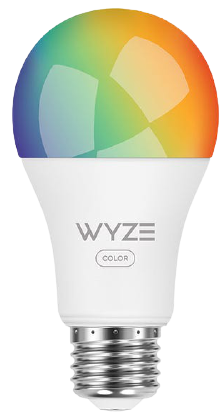
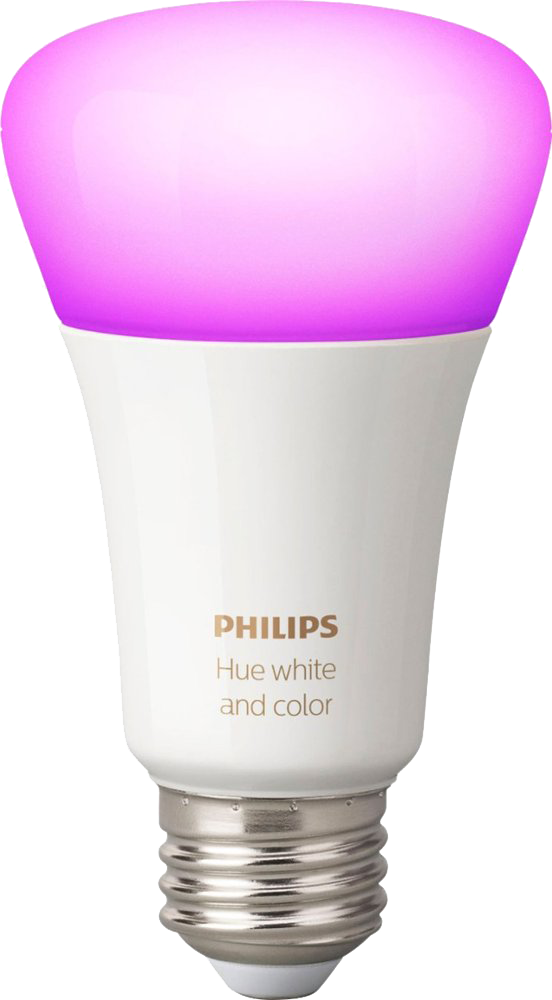
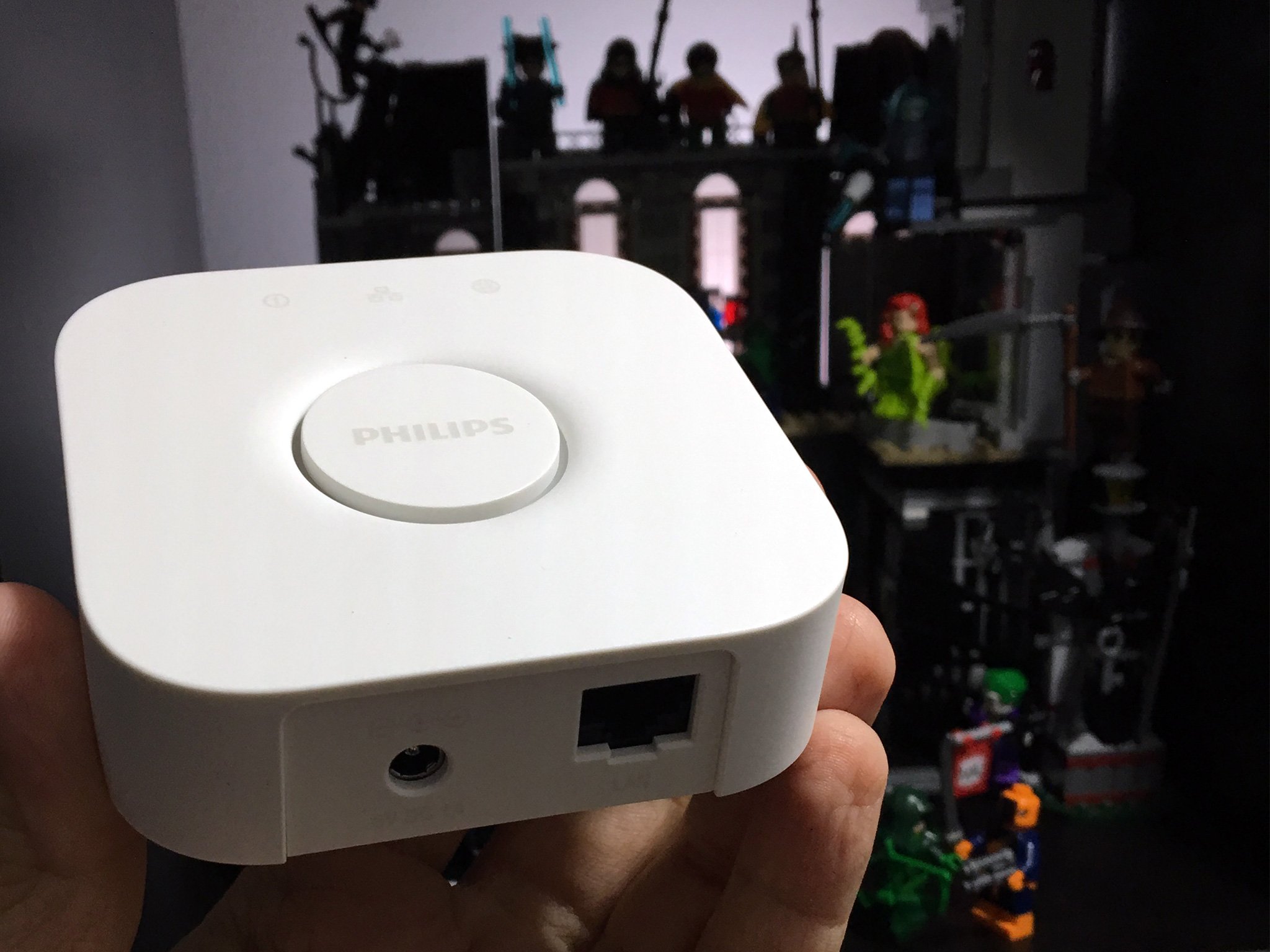
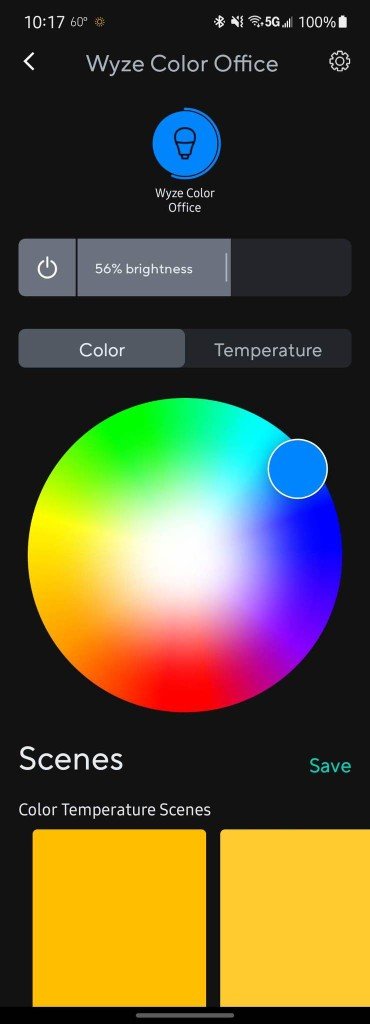
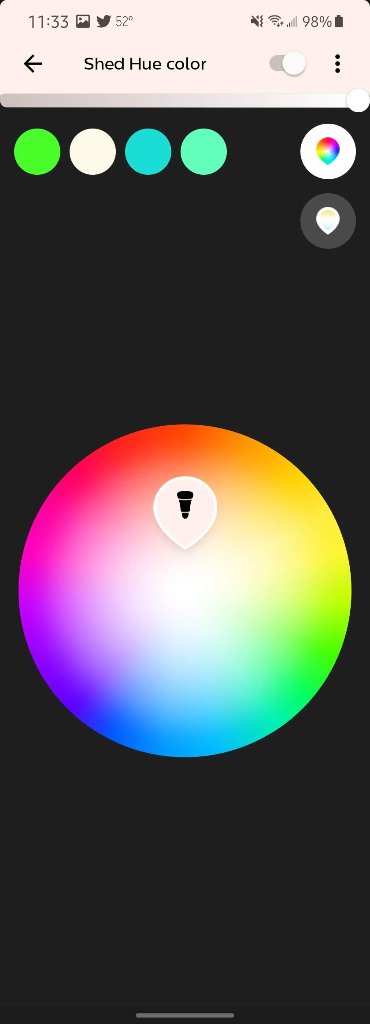
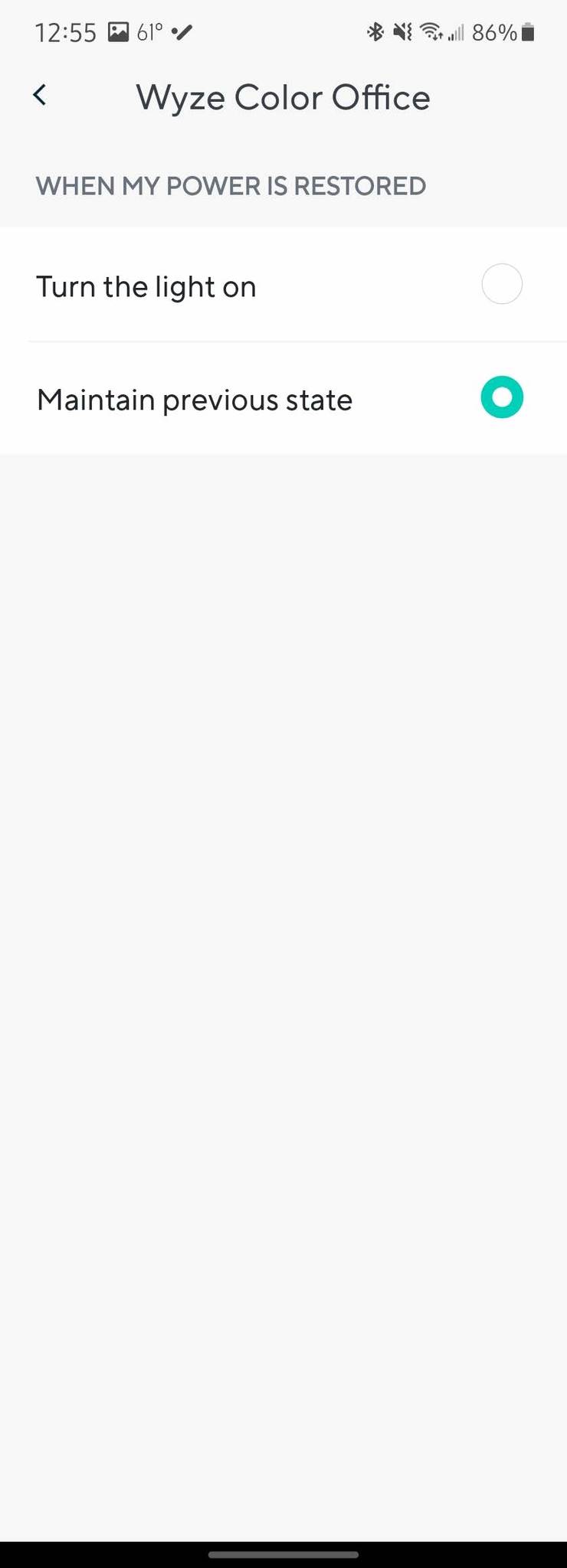
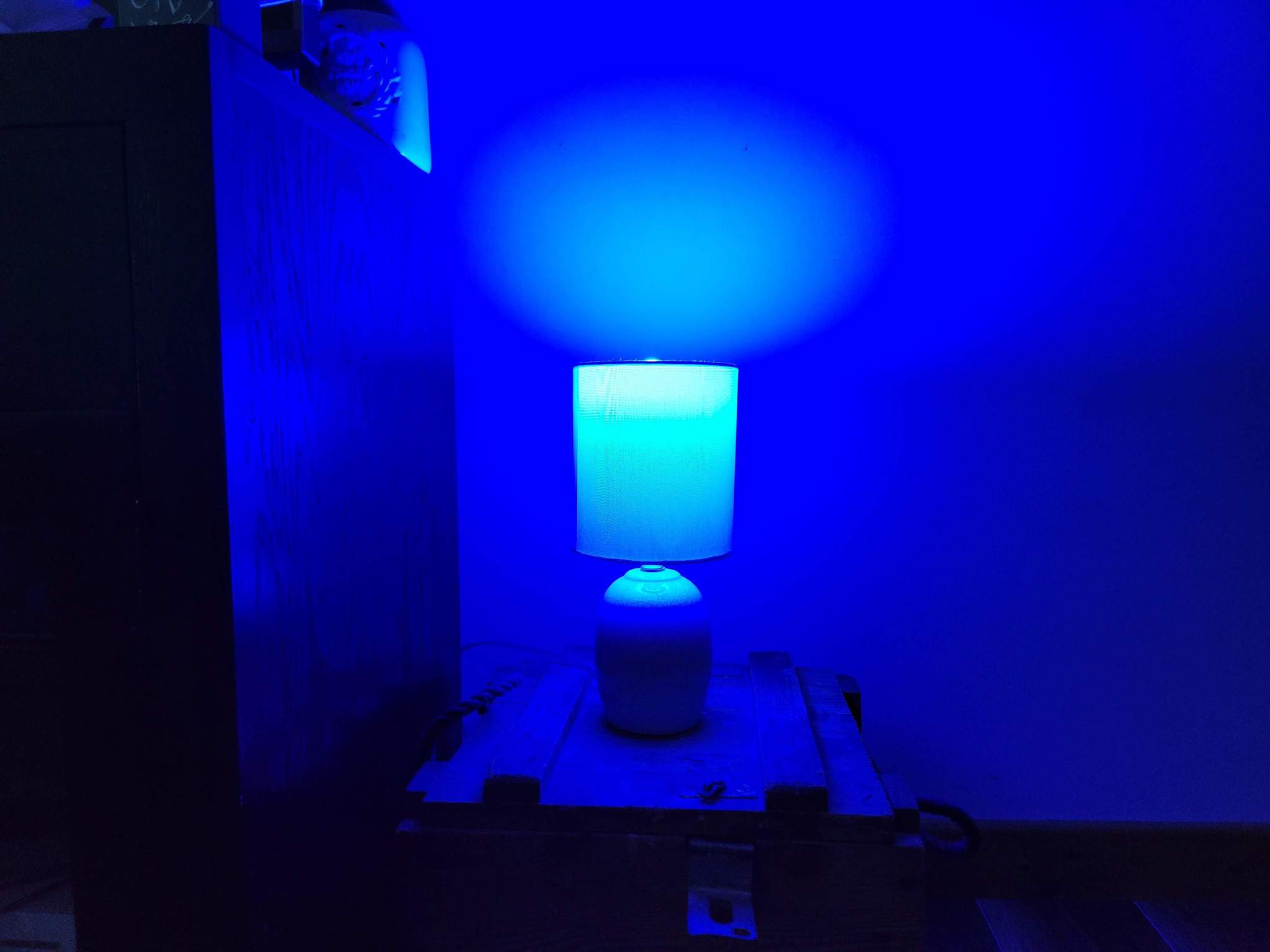

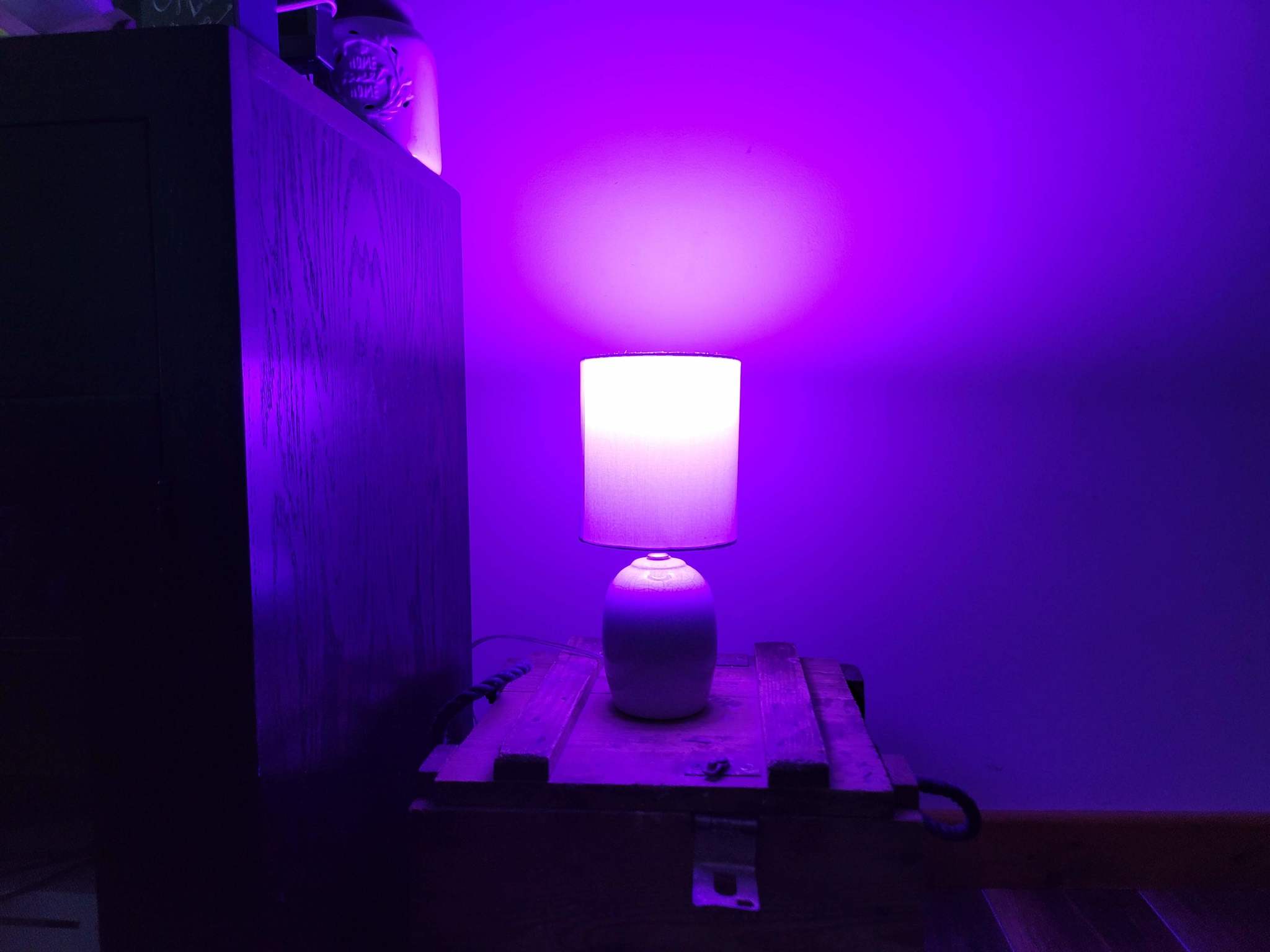
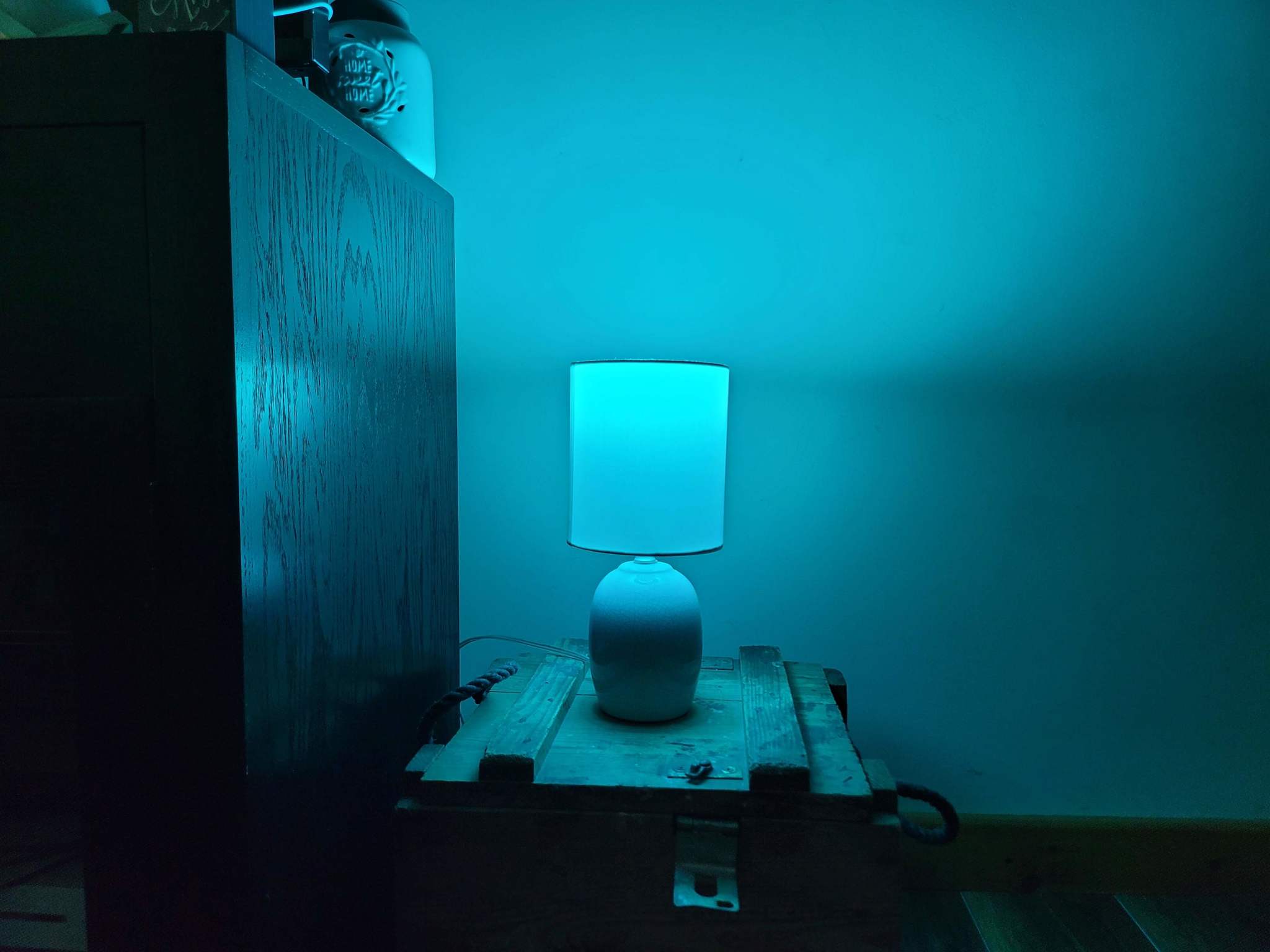
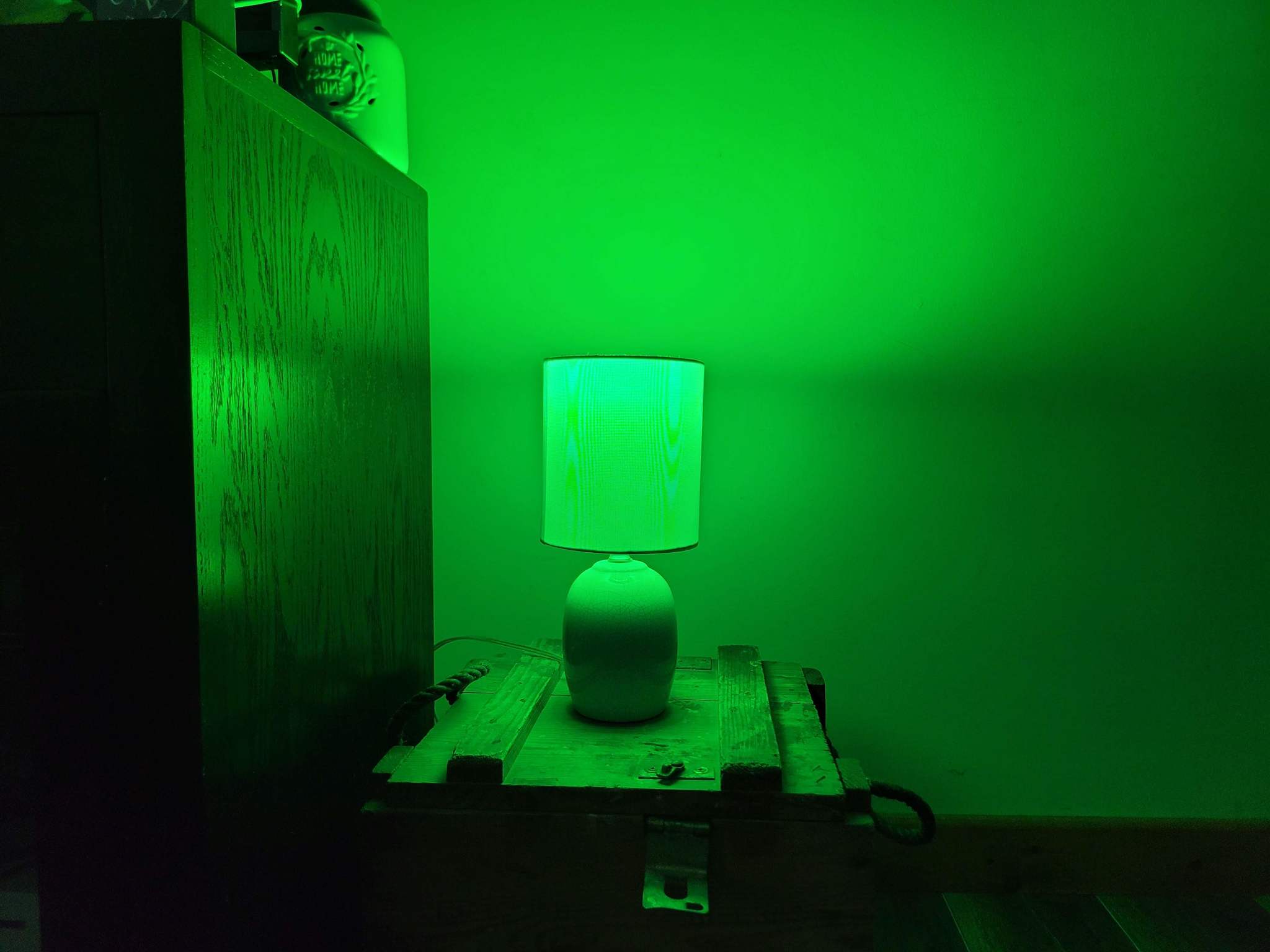
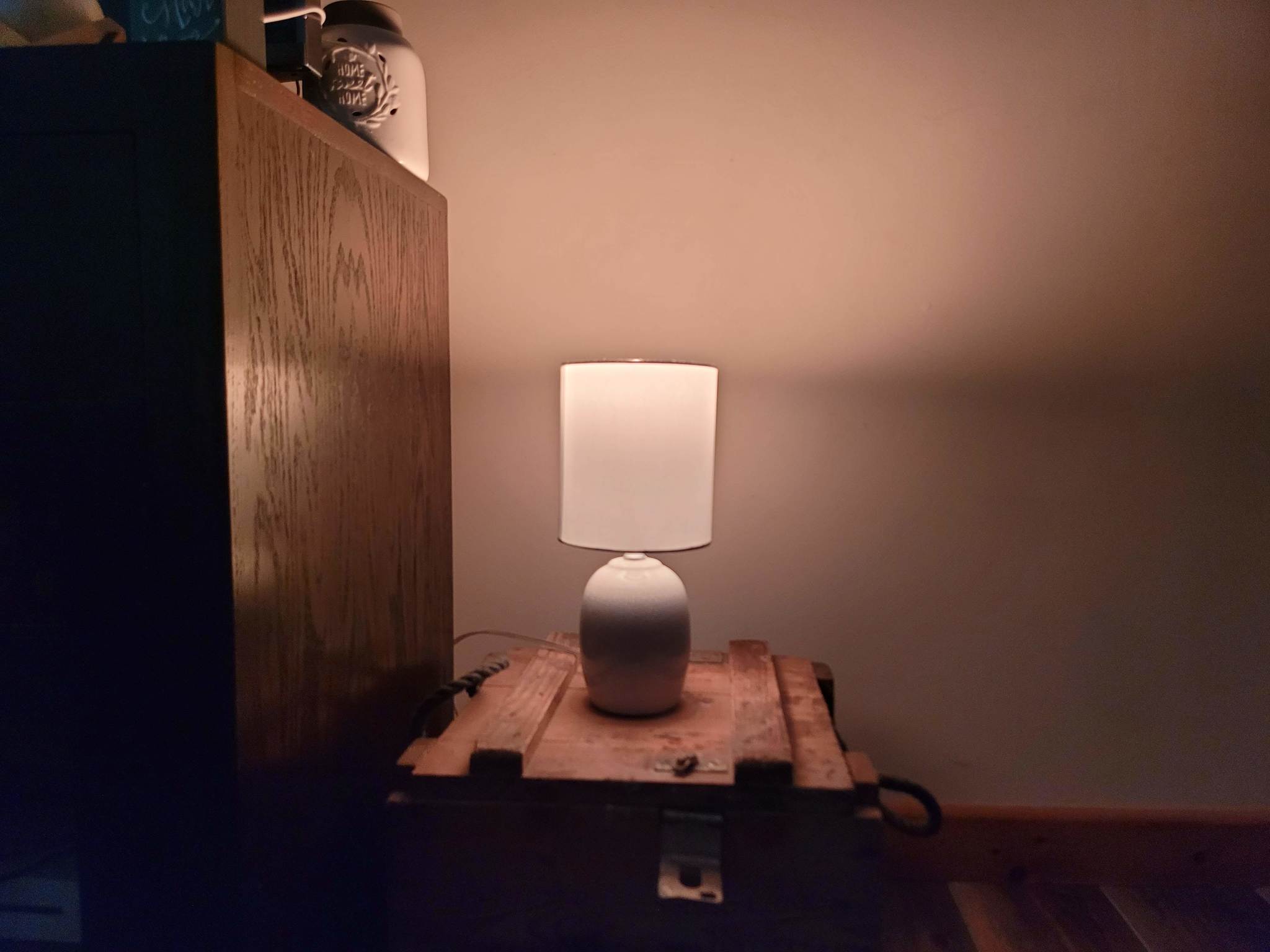
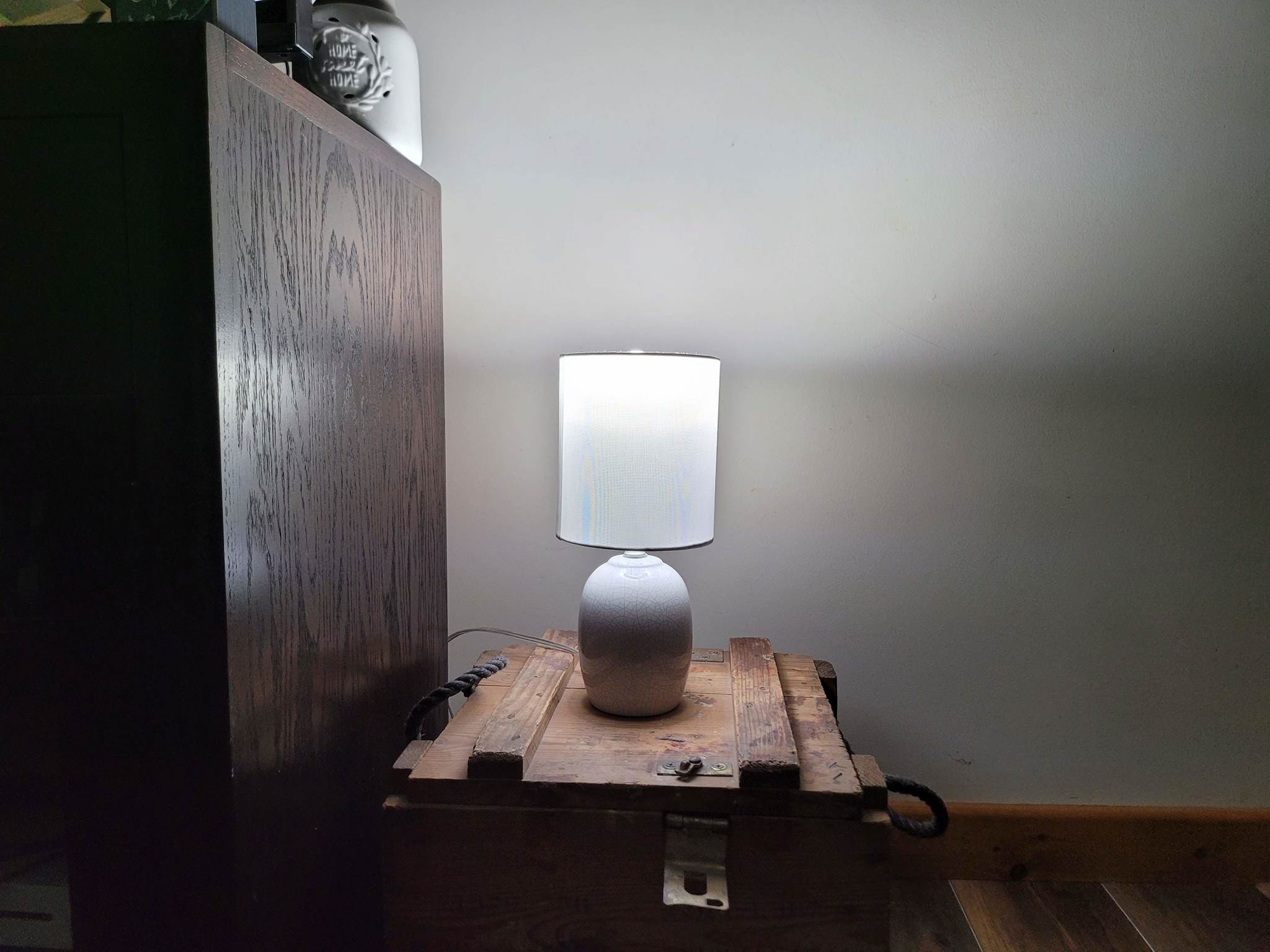
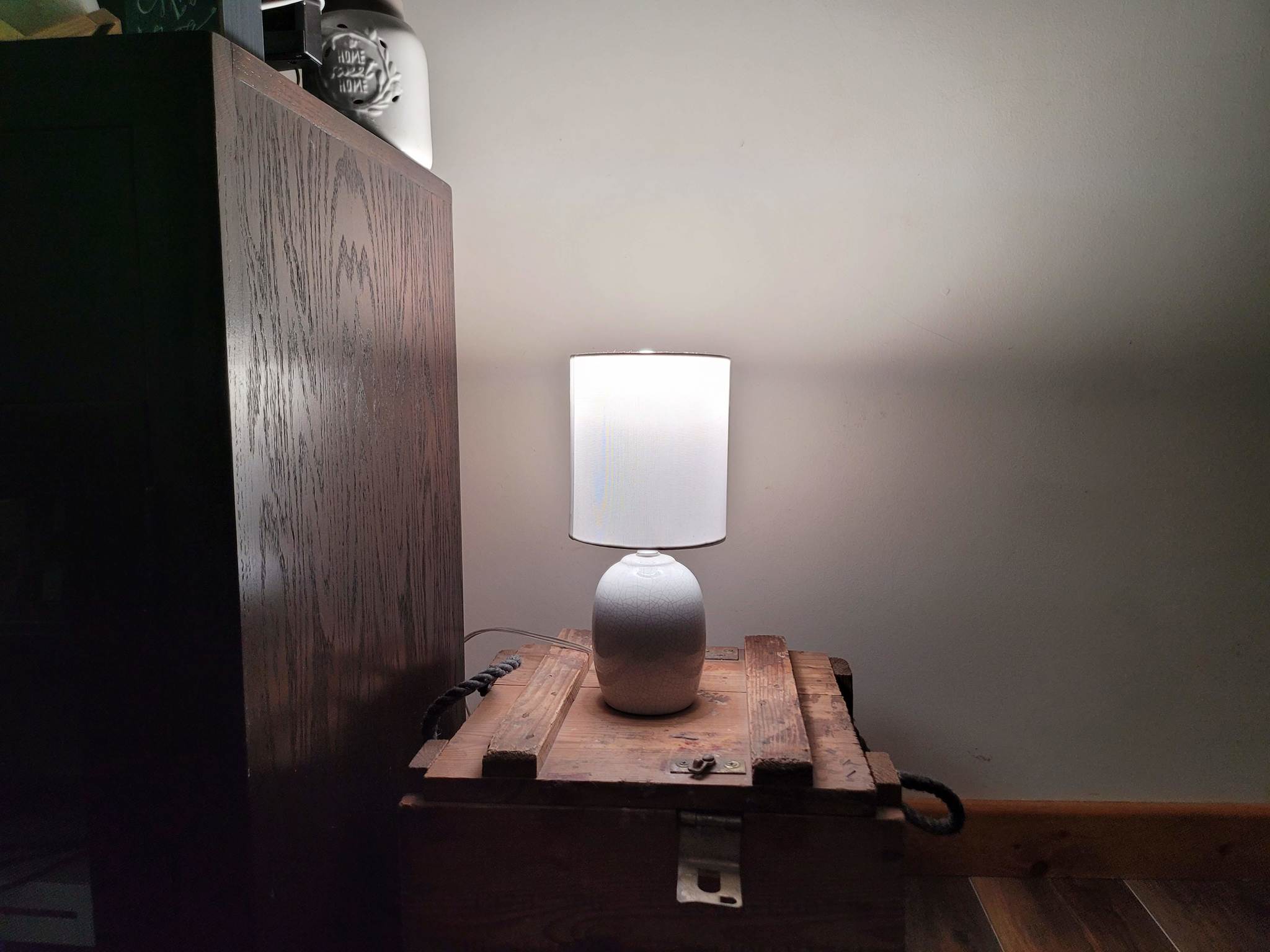
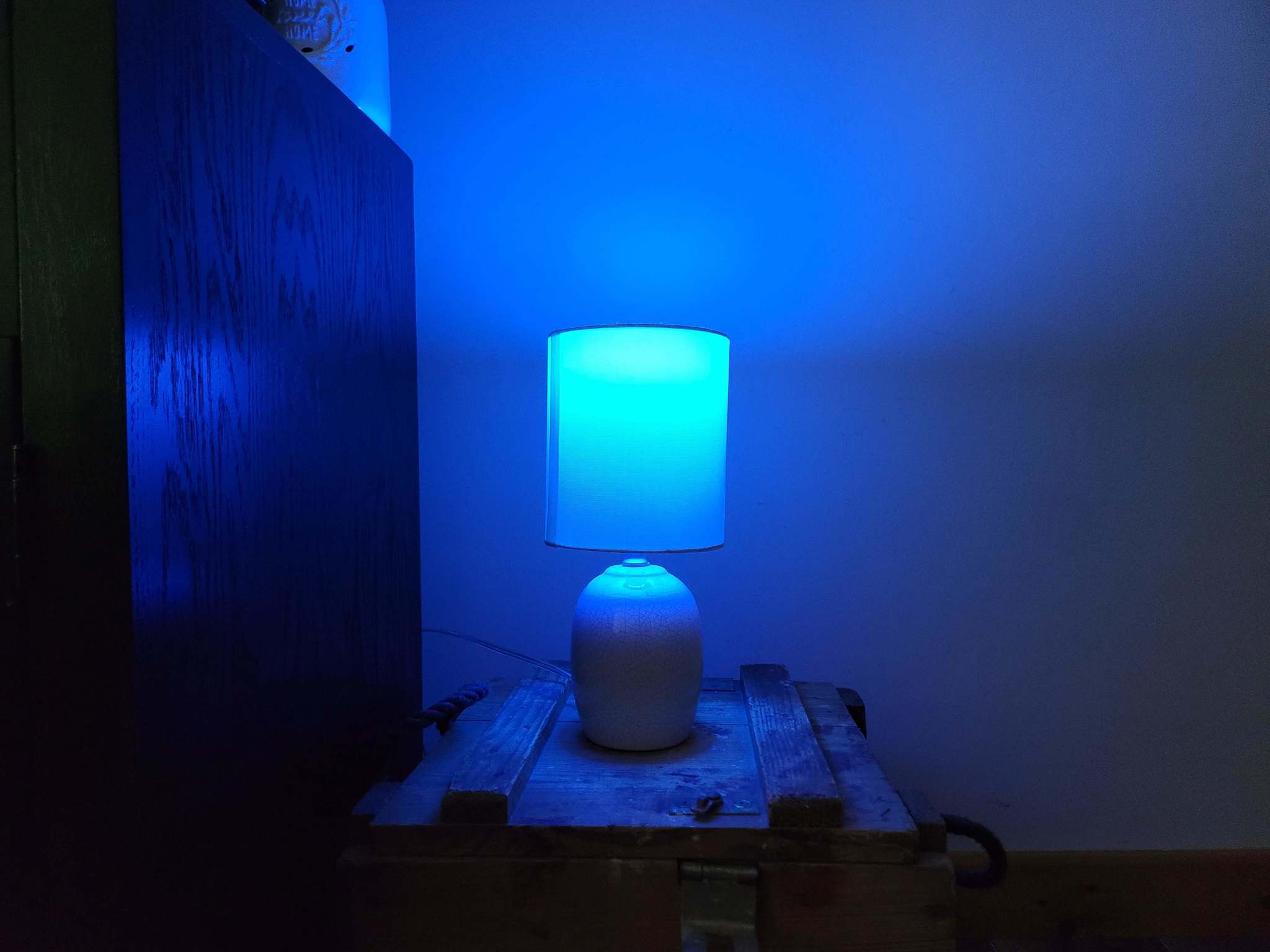
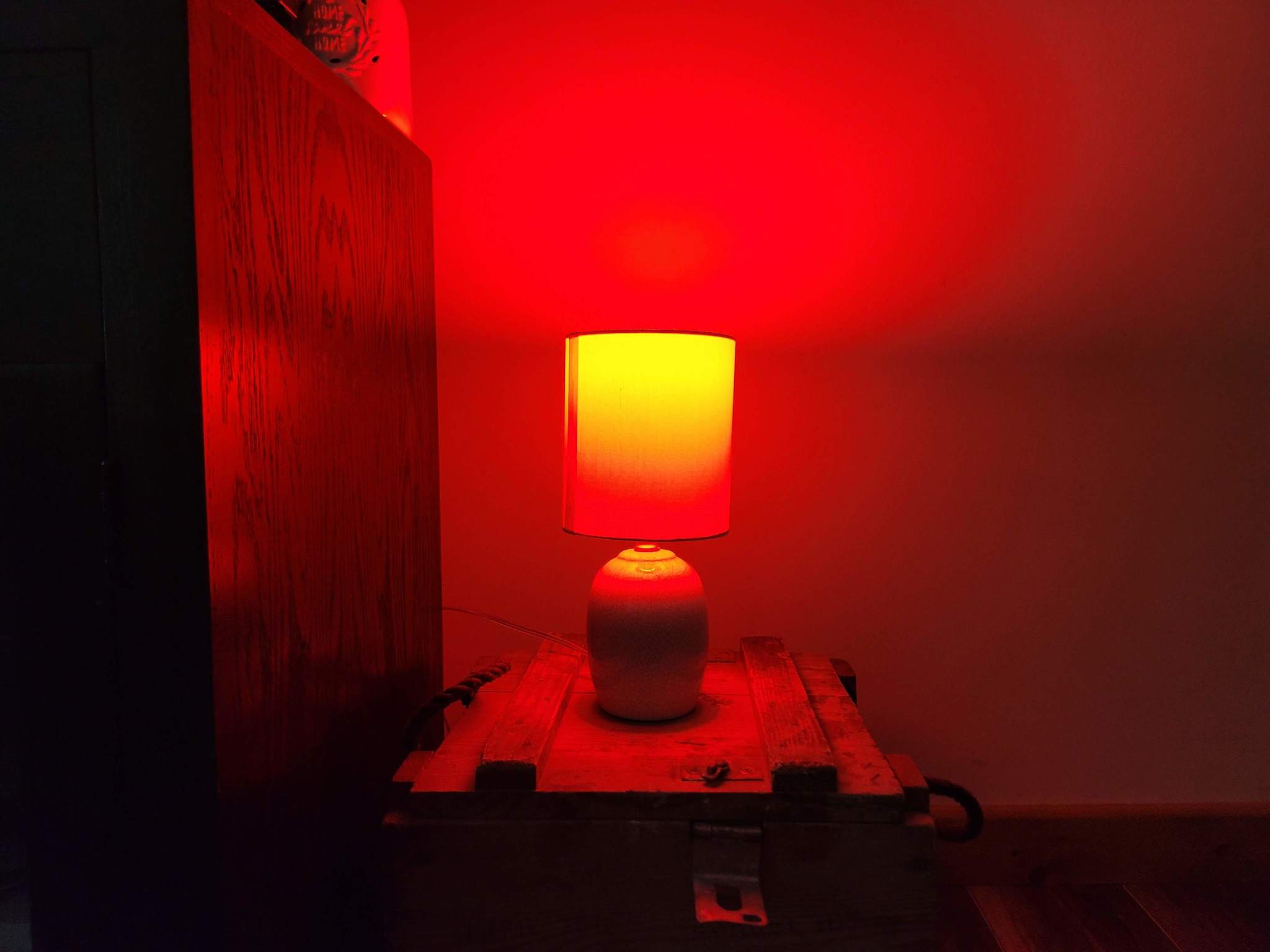
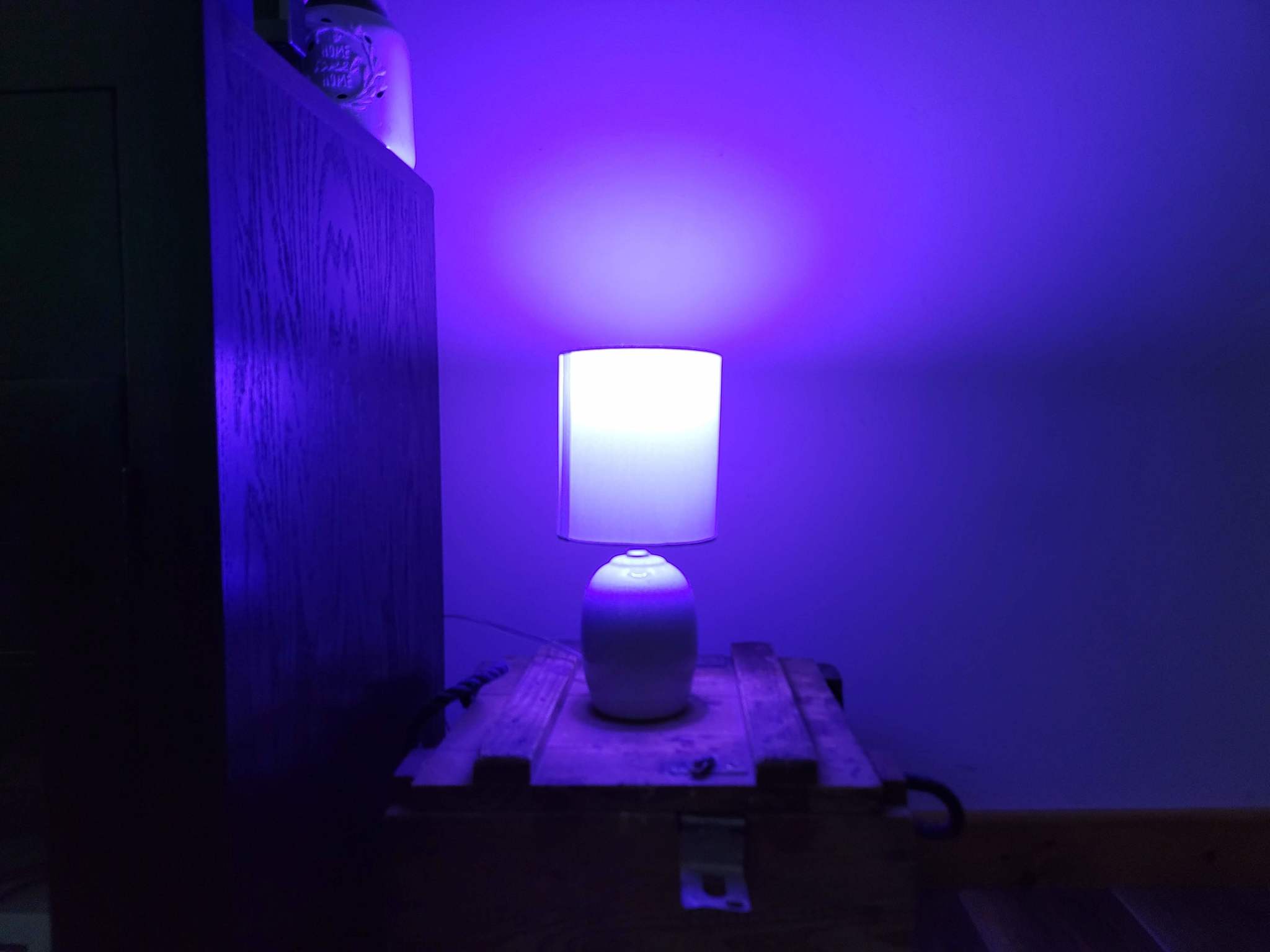
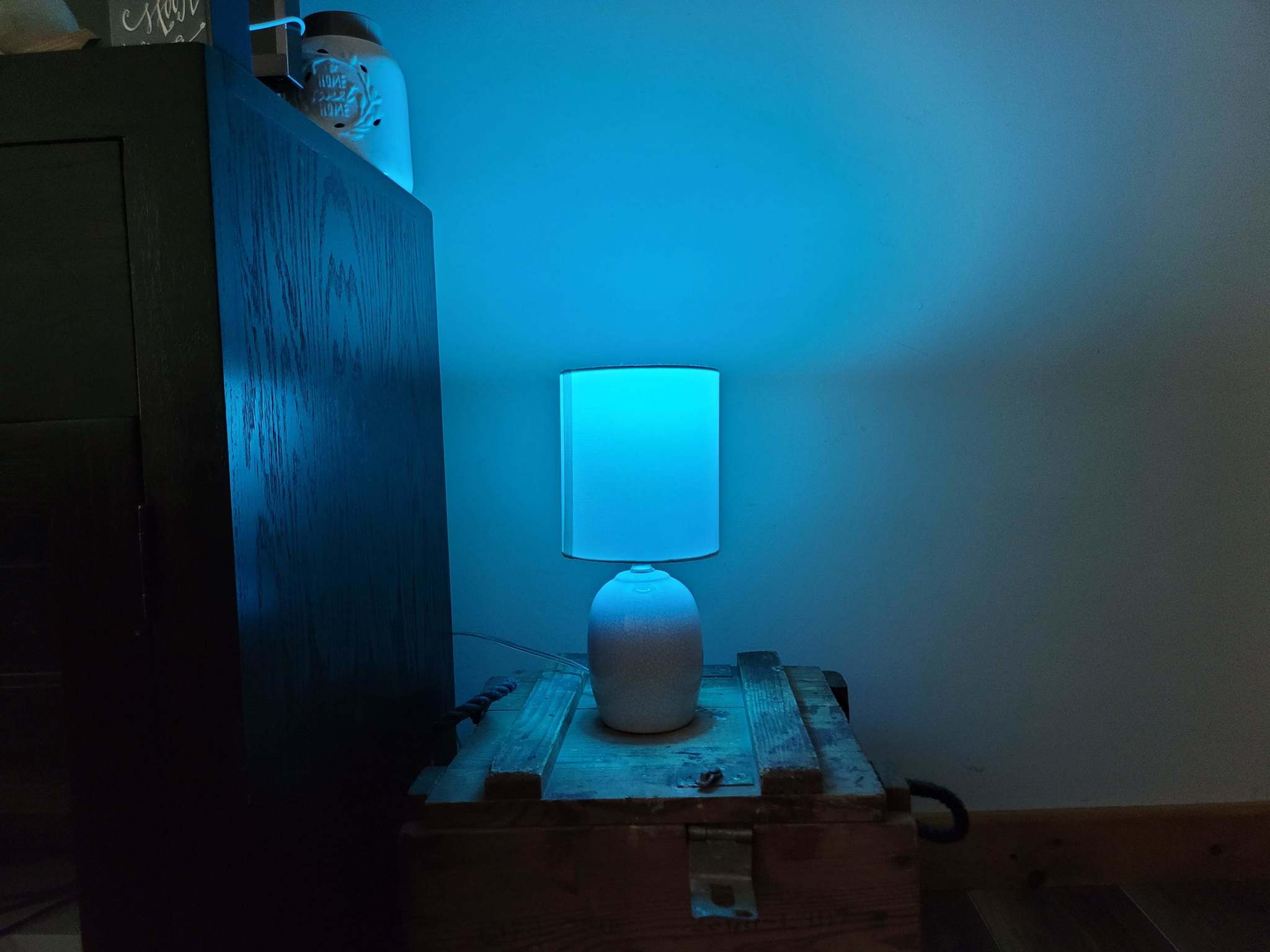
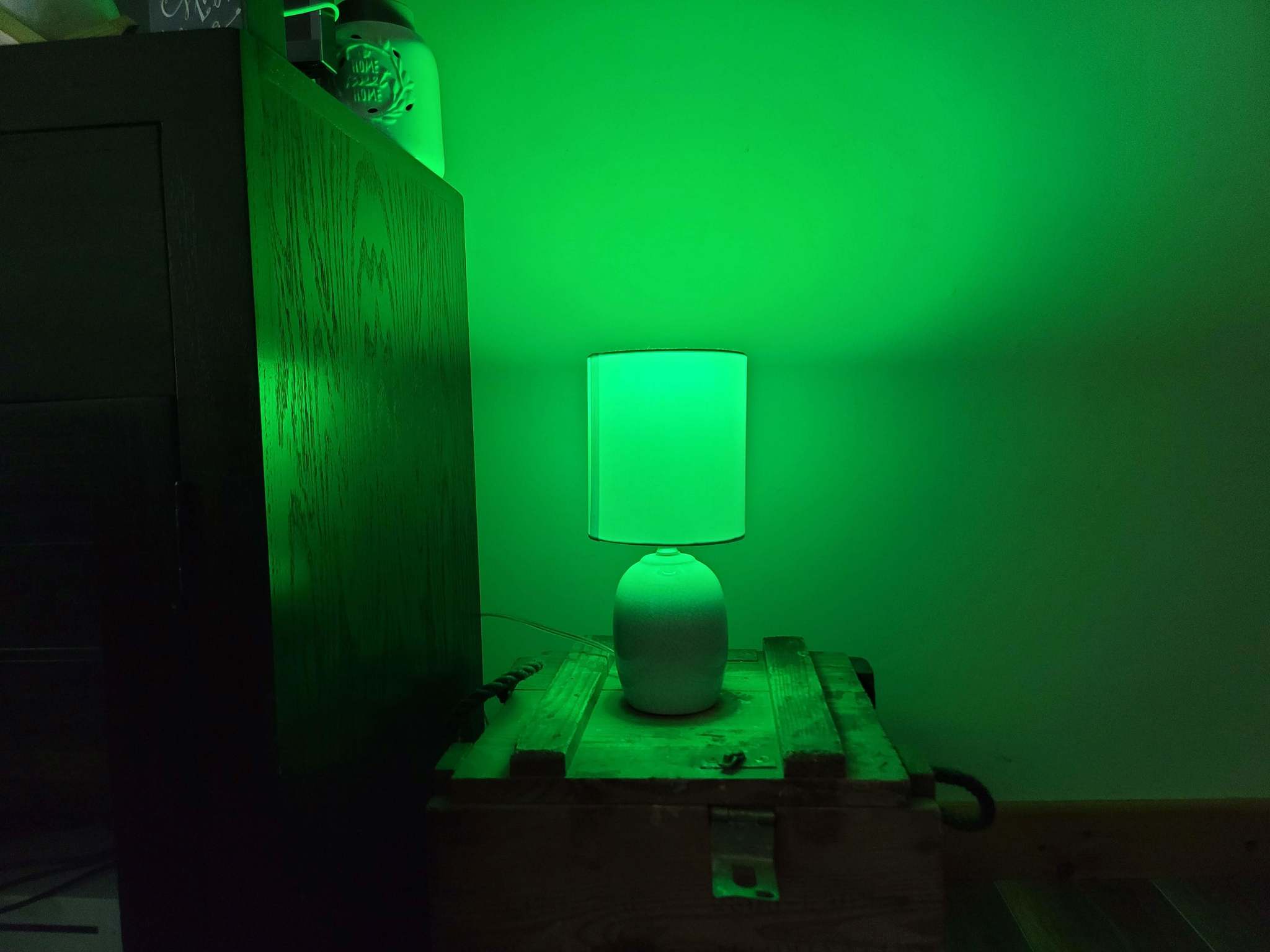

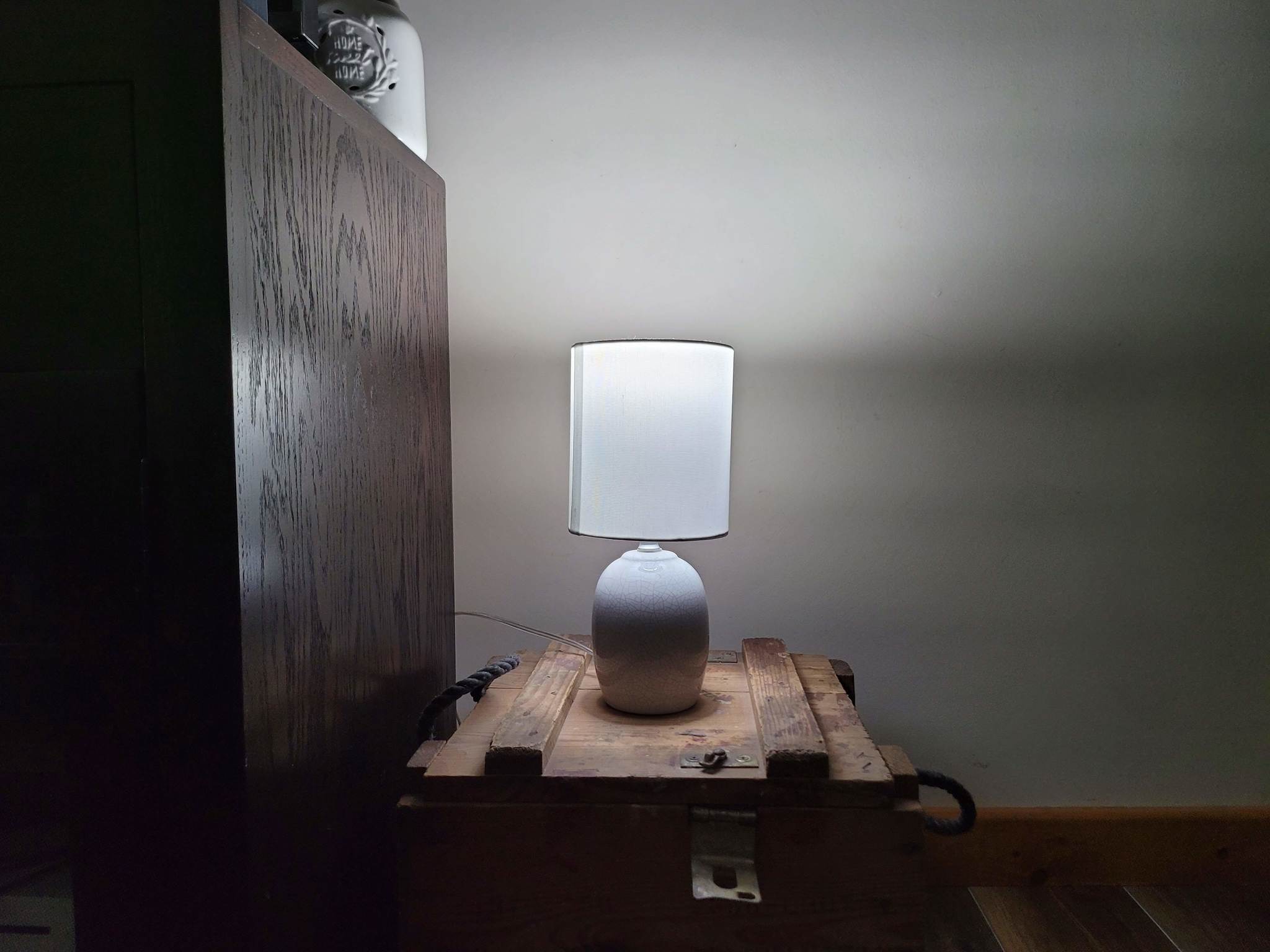
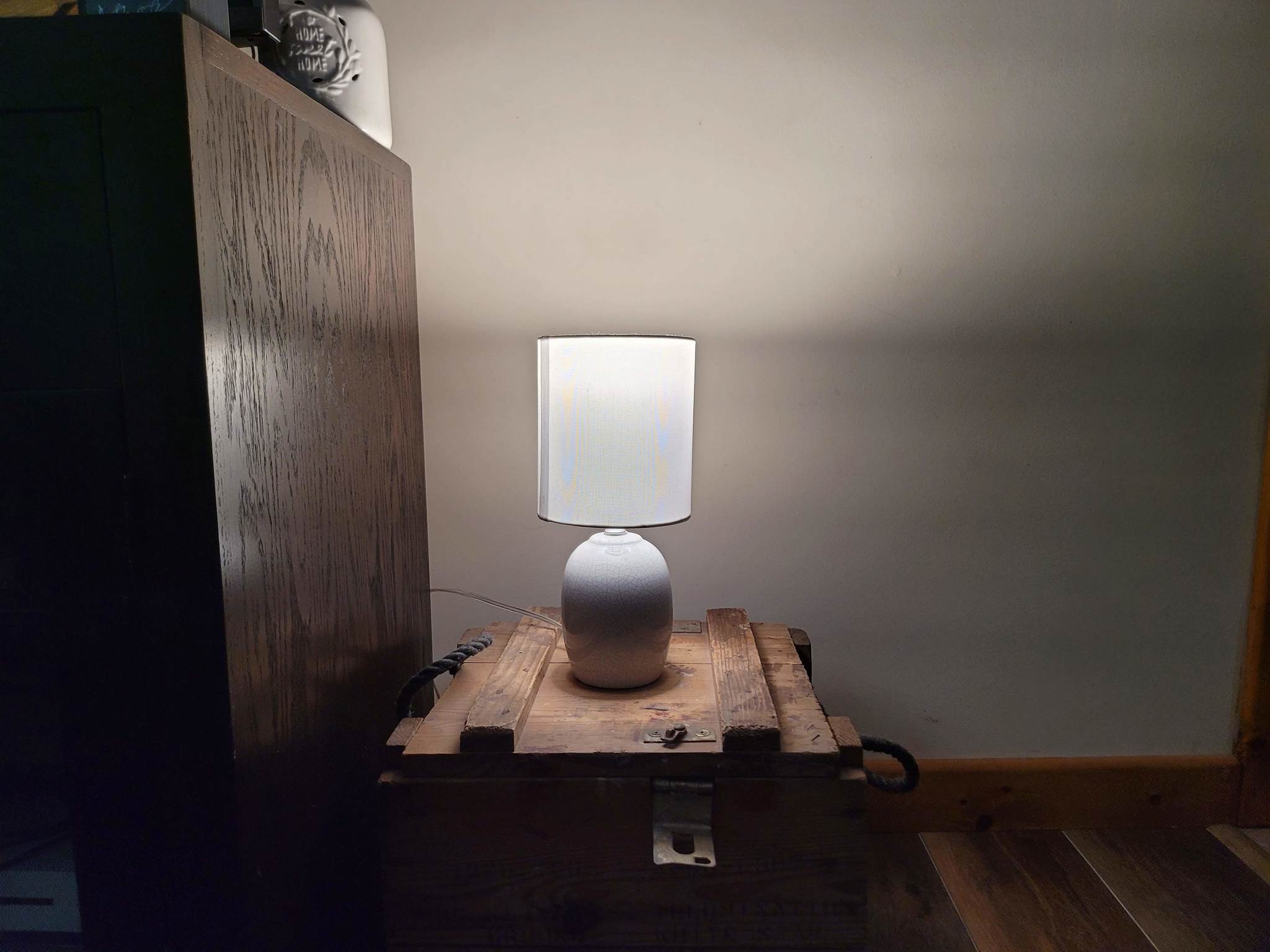
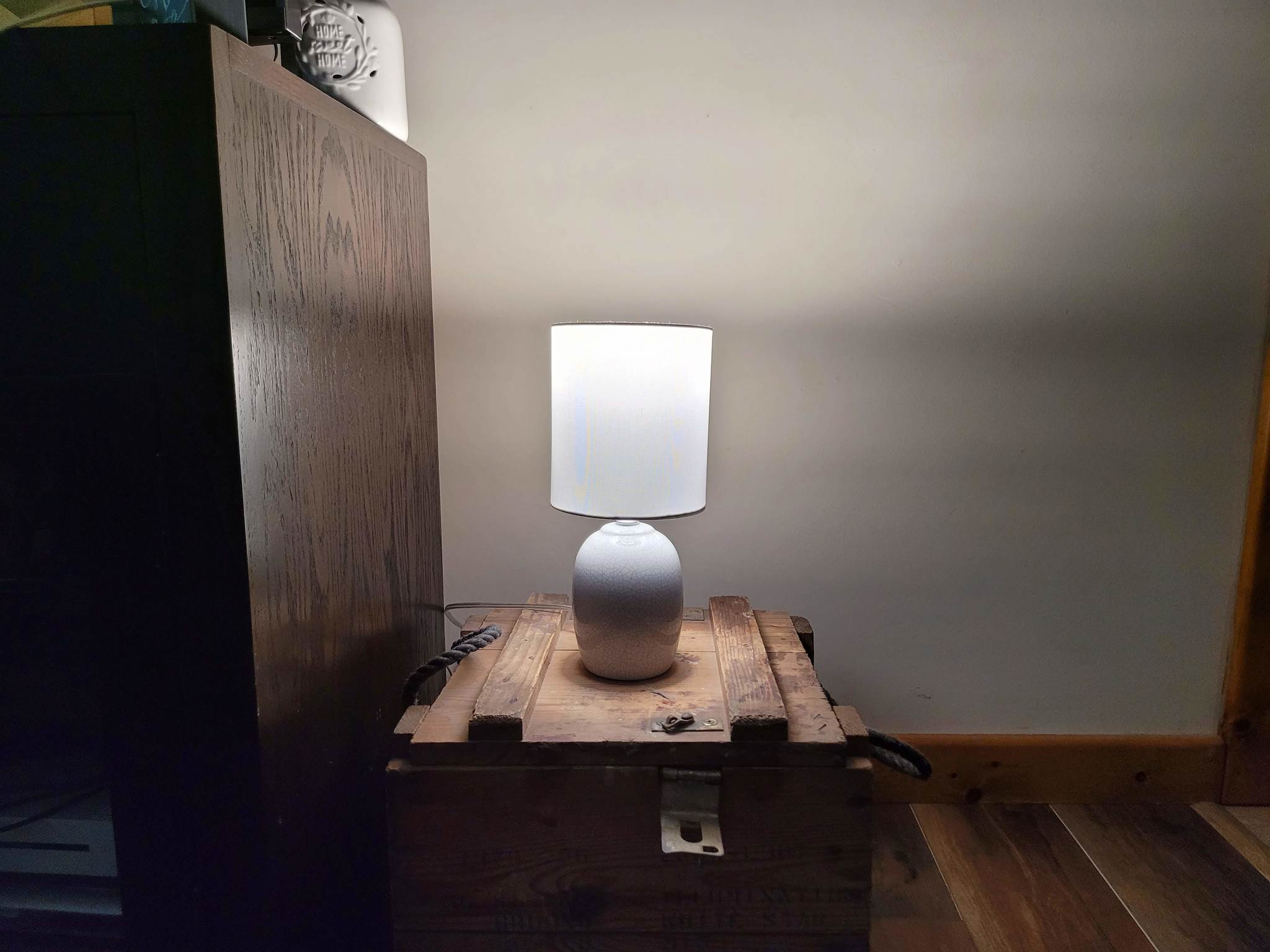
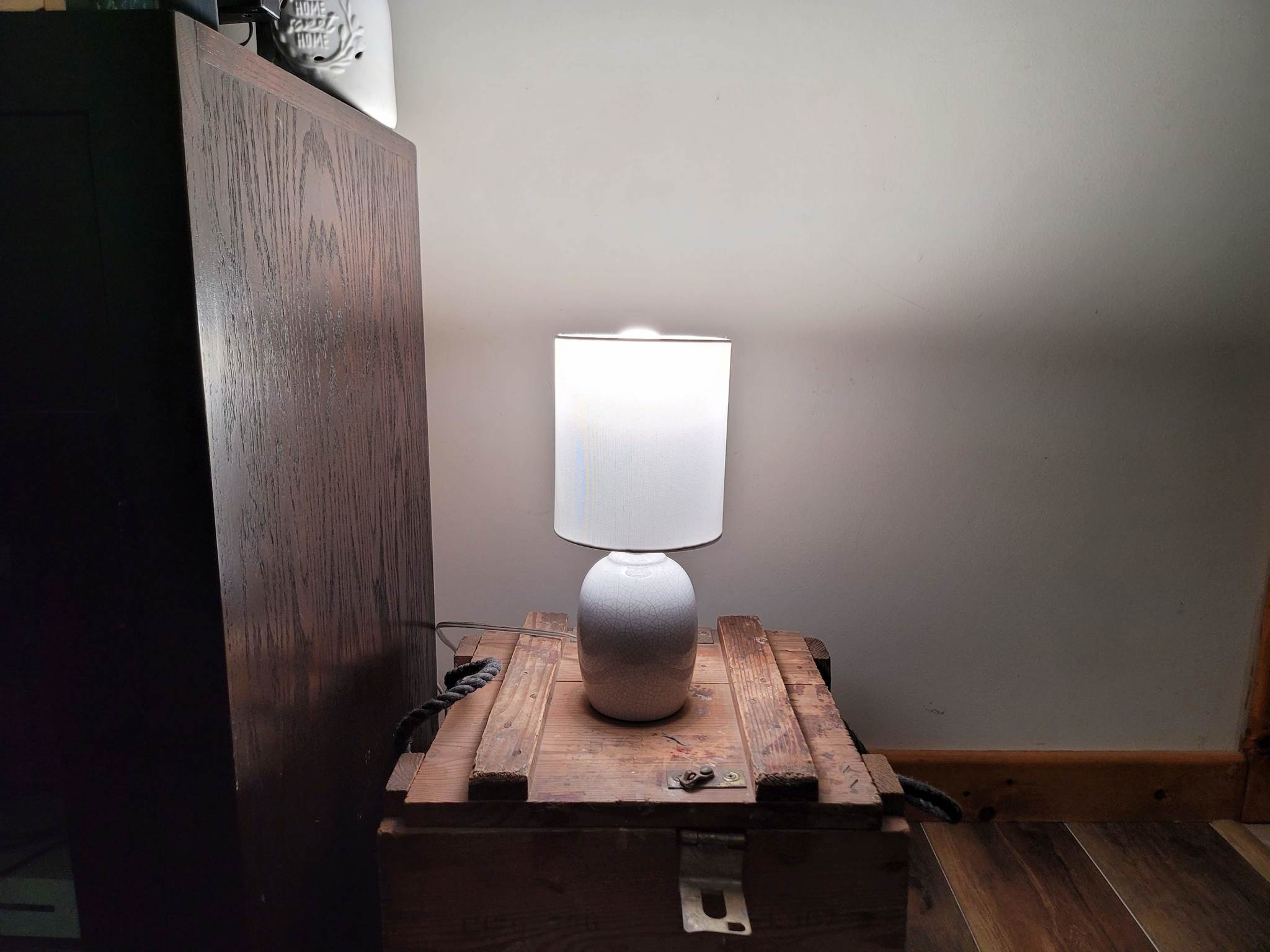
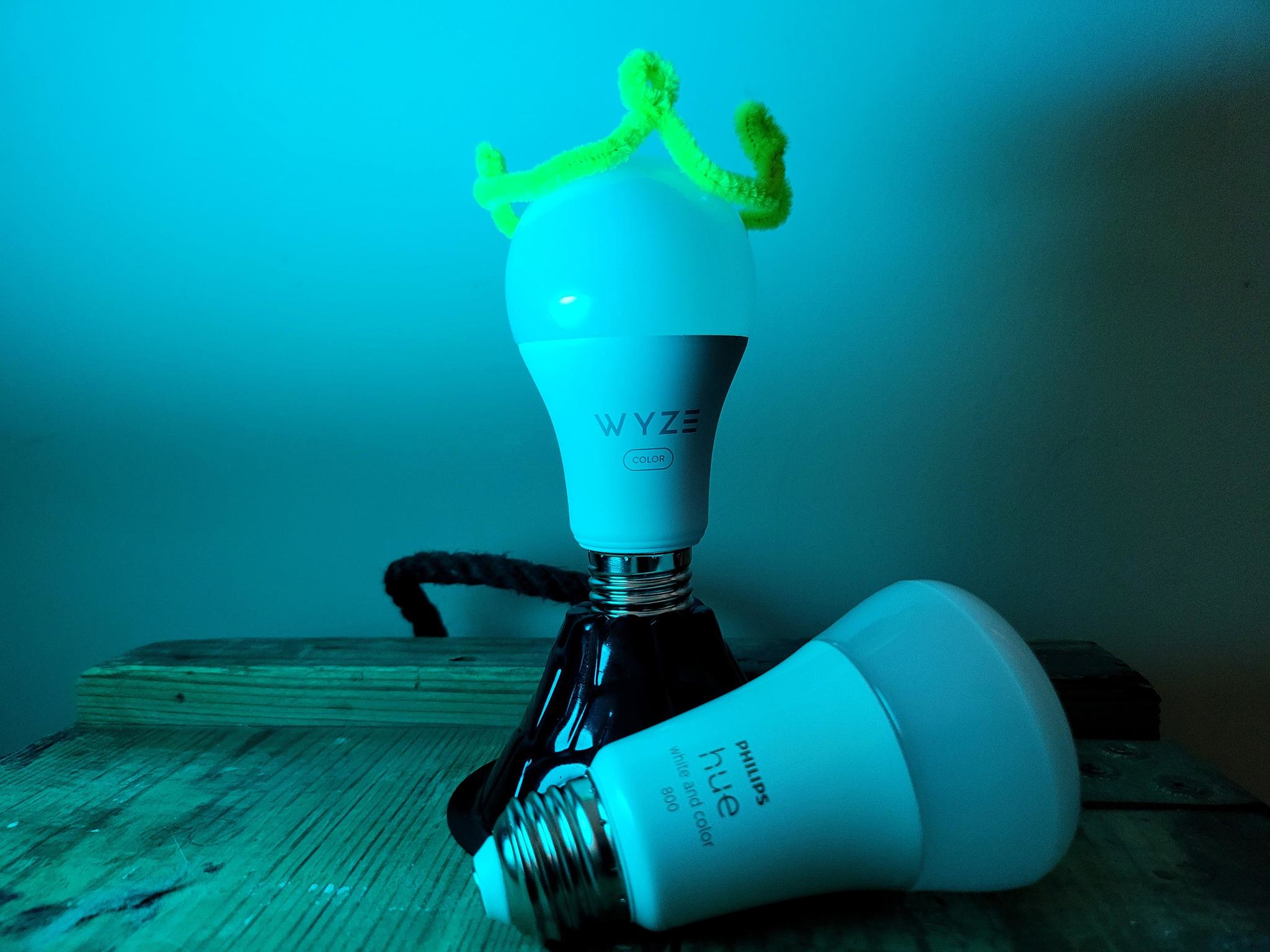
0 Commentaires